How to Catch Up
Teachers are experienced in dealing with the annual learning loss that happens every year over summer break. When the new school year begins in the fall, it takes a while to get students back to the level they were at when summer break began, and teachers have methods to achieve that.
This school year, teachers and students are not only facing the normal slump after summer, but many students have fallen much further behind due to distance learning, school closures, technical challenges, and other disruptions due to the pandemic. The normal catch-up activity that most teachers use during the first few weeks of school is not going to bridge this gap and bring all students up to grade level.
What Researchers are Reporting
The Institute of Education Sciences Regional Educational Laboratory Program (IES/REL) recently published the results of research on K-12 learning loss during COVID-19. “Taking into account research on summer learning loss, Kuhfeld and Tarasawa (2020) project that as a result of recent school closures and an array of contributing stresses and trauma caused by the coronavirus pandemic, student academic achievement will decline in greater proportions than the average trajectory from summer learning loss. They also conclude that when some students return to in-person instruction, they will be particularly behind in mathematics. Among several recommendations, Kuhfeld and Tarasawa suggest providing resources and support to families and students, especially around mathematics, where the steepest declines often occur over summers and with interrupted school time.”
Intensive Support and Multiple Years of Individualized Attention is Needed
A brief by Allensworth and Schwartz (2020) “is one in a series aimed at providing K-12 education decision makers and advocates with an evidence base to ground discussions about how to best serve students during and following the pandemic.” Allensworth and Schwartz stress the effectiveness of what is known as “high-dosage tutoring”, which is up to two hours daily, directly tied to classroom content.
When education was disrupted by Hurricane Katrina, school and academic leaders in New Orleans observed that losses in mathematics were the most dramatic. Students returned to school more than two years below grade level on average. They found that it often took multiple years of individualized attention to make up those learning losses.
It’s difficult to predict how long it will take for students to recover from pandemic-related learning loss, but it is certain that providing individualized support in the form of tutoring will be a major factor. Not every student needs that high-dosage tutoring for multiple hours every day. For many, a couple of sessions a week in a one-on-one environment with a teacher is sufficient to regain lost ground and reinforce new content.
What Can Parents Do?
One of the most effective learning activities parents can do at home with their children is to read. Reading aloud to your child, helping them read aloud, discussing what they read are all ways to help. Professor Gail Nelson from Cleveland State University points out that with younger students, the emphasis is on learning to read and with older students it’s reading to learn. She also points out that finding ways to engage your kids in activities in the home can help turn things like cooking or setting the table into teachable moments. Essential skills like measuring, counting, fractions, quantities, following instructions, and telling time are just some of the basic components that can be incorporated into home activities.
Staying positive and keeping in touch with your child’s teacher(s) is key in supporting their progress. While it’s become the popular description for how the pandemic has affected education, the term “learning loss” is itself a negative. Increasing your child’s confidence and helping them feel calm, safe, and secure helps them focus on academics. Some teachers recommend playing educational games as a break from additional schoolwork. What’s important is to help nurture the positive and fun aspects of school and learning, and not make it feel like punishment or somehow the child’s fault if they need some additional academic help.
TutorUp Provides 1-on-1 Online Tutoring with Certified Teachers
We believe that the best tutoring experience is one where a student and teacher spend time one-on-one, focused on the individual challenges and solutions that are specific to that student. For that reason, all of our tutoring sessions are individualized, and all of our tutors are certified, experienced classroom teachers. It’s not enough to be a subject matter expert to be a tutor. You also need to know how kids learn, and how to teach.

